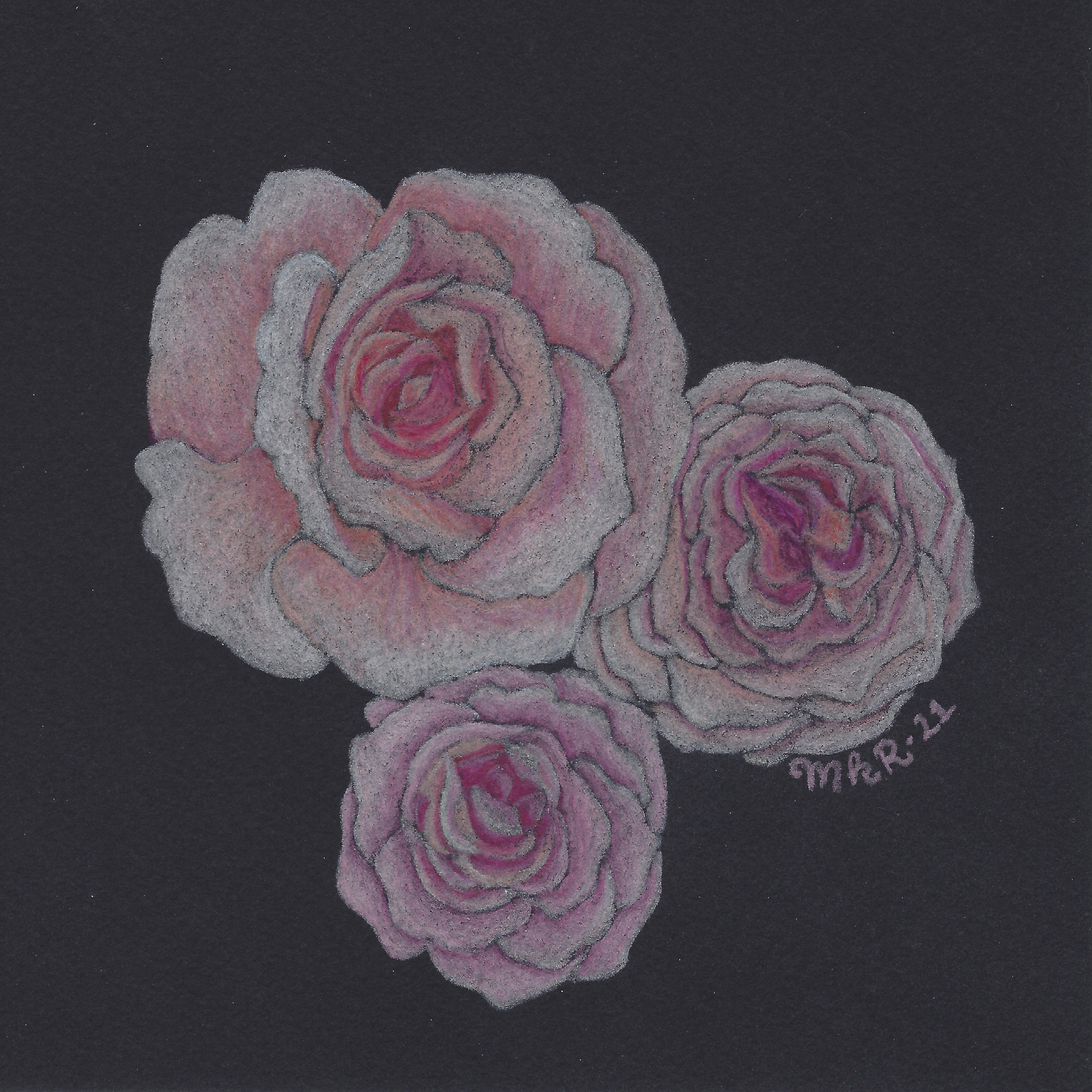How to Stay Creatively Inspired
Let’s pretend for a moment that your art, whether it’s writing, music, illustration, making jewelry, or something else entirely, is a plant. Like any plant, it needs a little bit of care in order to thrive — you usually can’t just throw a seed into your backyard and expect it to grow into a strong, beautiful tree.
Plants, of course, need things like sunlight, water, and healthy soil to thrive. What about your art? First, it needs space to grow. If you haven’t checked out my workshop on setting up a creative workspace, I would highly recommend starting there! You can find it in my free resource library, the Secret Garden of Creativity. It also needs dedicated time, and boundaries to support that time. For example, maybe you’ll decide to work on your novel for twenty minutes every morning before work, and you won’t look at your phone during that time.
Next, we need some compost. We want to make sure the soil is nice and healthy and full of nutrients. In the realm of creativity, this corresponds to inspiration.
Where to find creative inspiration
When we think of inspiration, I think what comes to mind for a lot of people is taking in other people’s art. And there’s nothing wrong with that — as an artist, there are probably people whose work has been really meaningful to you, and that can provide some really valuable ideas.
I think when you are looking to other artists and creatives for inspiration, it’s a good idea to look outside your own medium and genre. If you’re a writer, for example, it can be helpful to pay attention to other writers you admire, but you can also turn to painters and musicians and chefs as well. When you are looking for other writers as inspiration, see if you can find some people who write very different things than you do. If you’re a poet, for example, maybe try reading a novel.
I personally believe this is one of the ways we make our creative work more interesting. Introducing these different genres and mediums into our awareness is like introducing different microorganisms to the soil, and turning it into this rich, diverse web of inspiration, which offers more nutrients to our creativity. I believe pulling inspiration from across different genres and mediums allows us to create more unique and interesting art. Some of my best creative work has come from taking ideas and concepts from different disciplines, and putting them together in new ways.
Also, keep in mind that paying attention to other people’s art is not the only way to be inspired as an artist. A lot of inspiration comes from our lives outside of our art as well. As much as I believe it’s important to sit down at your desk or your easel or your keyboard with consistency and dedication on a regular basis, I also believe that ideas come to us, both consciously and subconsciously, when we’re out and about doing our thing, experiencing the world.
So, how can you start to cultivate more creative inspiration in your life? Here are a few ideas you can start to play with:
Do something fun.
In The Artist’s Way, Julia Cameron suggests going on a weekly artist date. This is basically an opportunity to play, or to do something just for the joy of it. Pretend you’re a kid — how would you want to spend an afternoon if you weren’t worried about being productive?
Explore a new interest.
Find a book, a podcast, a YouTube video, or a local class on a topic that interests you, and give it a try! So often we do things because we think they’re going to lead to something in particular…but a lot of creative inspiration comes unexpectedly. Maybe you’ll take a cooking class, even though you don’t consider yourself a cook, and the name of one of the ingredients you use in a new recipe inspires an idea for a poem.
Go for an outing with no agenda.
This can be hard, because we tend to go places with a certain goal in mind, whether it’s getting exercise, buying kale for dinner, or looking for a birthday present for a friend. I’ve found that going places and doing things without an agenda helps me connect to my intuition, because I can really lean into what feels right in each moment, rather than having to stick to a plan that’s already been made. And intuition is often what leads me to the inspiration for a creative project.
Make something weird.
It’s easy to get caught up in making something good, or trying to come up with our next masterpiece. This can keep us stuck, because we’re so focused on a specific end result that we miss a potential opportunity or idea that’s right in front of us. Try getting creative with the intention to make something bad or weird, and see what happens. I promise that making bad art doesn’t mean you are a bad artist — in fact, it will probably make you a better artist!
I hope these suggestions help you tap into more creative inspiration. If you’re still feeling stuck, or if you could use some gentle guidance and accountability as you navigate the bumpy waters of creativity, I invite you to book an Awaken Your Artist call. We’ll chat for 30 minutes, and you’ll leave the call with an action step to get you closer to your creative dreams.

